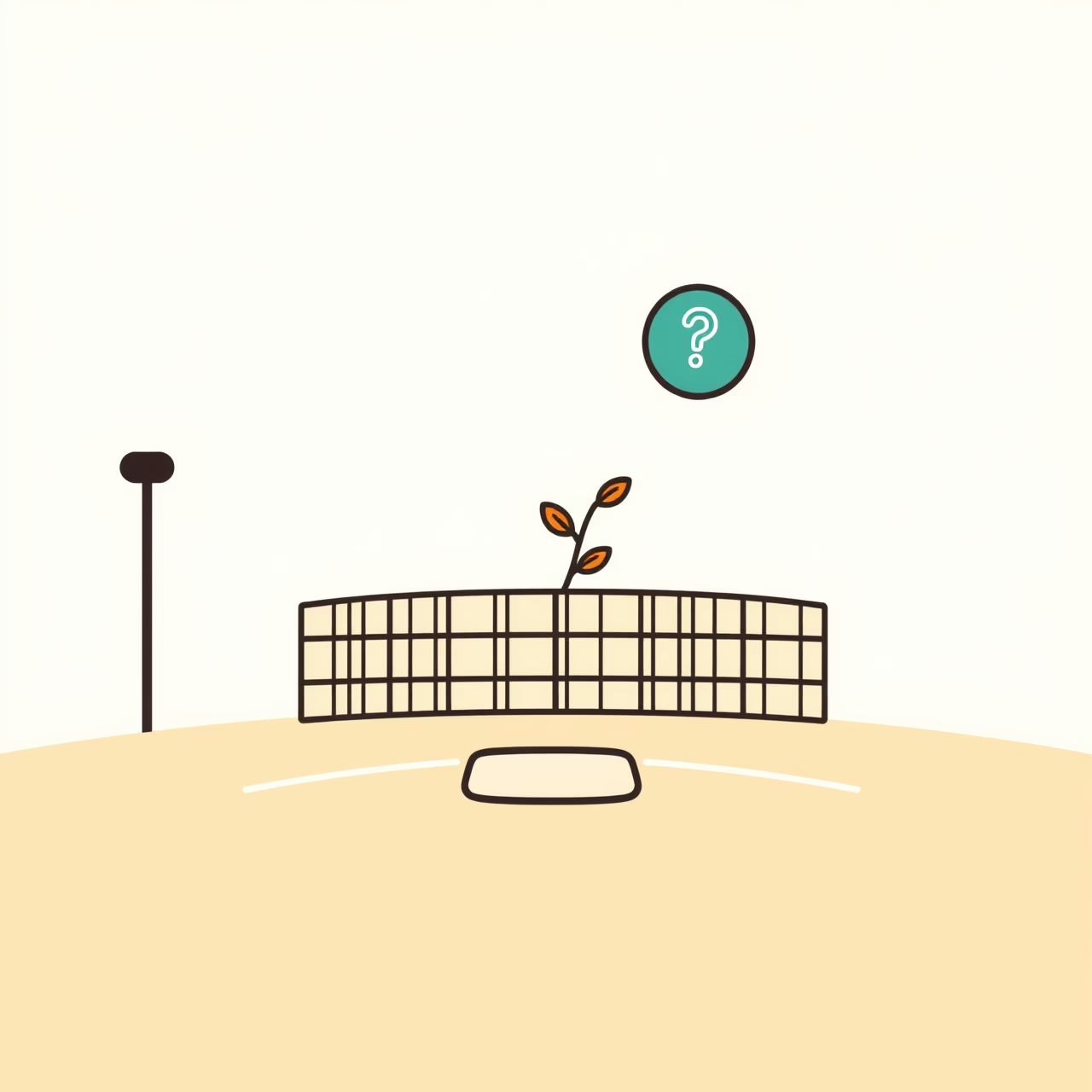
Picture your kid’s T-ball coach handing the lineup card to Siri. Sounds wild, right? Yet here we are—Oakland Ballers just did exactly that. This playoff-bound team’s letting artificial intelligence call pitches, substitutions, and pinch hitters during Saturday’s game against Great Falls. No flashy robot manager, just lines of code crunching probabilities while fans munch popcorn. Makes you wonder: when our children watch machines make big decisions, what seeds are we planting about curiosity, grit, and what it means to truly play?
Beyond the Diamond: Why This Isn’t Just Sports News

Hold that image—because what unfolds at the ballpark mirrors our living room dilemmas.
Let’s unpack the headlines first. The Ballers—having already locked their playoff spot—are teaming with AI company Distillery to manage most in-game tactics. Out goes human gut instinct; in comes algorithmic precision for pitcher changes or batting orders. Remember last year’s fan-made lineup flop? This time, it’s silicon calling the shots. But here’s the kicker for parents like us: that moment when our kids see grown-ups trusting tech to solve complex puzzles. It’s not sci-fi anymore—it’s Saturday afternoon. And if a baseball team treats AI like a co-pilot, our children will inevitably absorb that mindset. The KBO league’s been using Automated Ball-Strike (ABS) systems since 2024, proving machines can spot subtle pitch edges humans miss. But as one Ballers catcher wisely noted, “traditions matter”. So do we shield kids from these tools or let them tinker? Neither. We guide them to ask: “What’s the human part of this?” Like checking if the AI ‘manager’ considered that pitcher’s tired arm after three innings—not just strike probabilities. Because tools don’t replace wisdom; they amplify it.
The Real MVP: Nurturing Critical Thinkers, Not Code-Followers

I’ll admit—watching an app dictate baseball moves gave me pause. But then I remembered my daughter’s robot-building camp: she spent hours debugging why her creation kept tripping over Lego bricks. That frustration? Pure gold. Turns out tools like MLB’s Hawk-Eye aren’t replacing coaches—they’re fueling curiosity, just like my kid’s robot-building frustrations did. Kids absorbing these shifts need something deeper than tech literacy: the guts to question outputs. Start simple. During dinner, ask: “If an AI picked your bedtime story tonight, what would you teach it first?” Or while walking home from school (yes, those breezy 10-minute strolls!), play ‘What’s Missing?’: “Great Falls Voyagers lost because their AI didn’t notice the wind changed. What would you add to the program?” Suddenly, tech isn’t magic—it’s a conversation starter. And those gray zones? Like when ABS debates borderline strikes? They’re perfect practice for kids learning that life rarely fits tidy algorithms. Resilience blooms not by avoiding tech, but by making it a sandbox for ‘what ifs’.
Keeping Play Playful: The Joyful Balance We’re All Searching For

Here’s what electrifies me: the Ballers chose this experiment because they’d secured their playoff spot. No pressure—just room to play. Isn’t that the sweet spot we crave for our kids? Studies of leagues using ABS reveal something beautiful: consistency in strike calls reduced arguments, freeing players to focus on pure joy of the game. Translation? When tech handles tedious tasks (like tracking pitch counts), humans rediscover play. I’ve seen it at home. When we used a step-counter app during park hikes, my daughter didn’t care about the numbers—she raced to spot the most squirrels. The tool vanished; the laughter didn’t. So when AI ‘manages’ Saturday’s game, let’s frame it for kids not as a job-stealer but as a time-giver. What if it freed coaches to high-five more kids? Or helped pitchers conserve energy for that final inning thrill? Try this: swap screen time for ‘innovation time.’ Let your child design an AI coach for your board game night—outlandish rules encouraged! Then laugh when their ‘algorithm’ suggests everyone wears pajamas batting. Because balance isn’t about deleting tech; it’s about lighting up eyes with wonder beyond the screen.
Your Next At-Bat: Small Swings for Big Shifts

So how do we turn this diamond drama into daily wins? First, ditch the ‘either-or’ panic. AI won’t replace your child’s teacher any more than calculators killed math—it just reshapes the game. The Ballers’ experiment works because they kept human judgment central (Miles still oversees the AI). Mimic that at home: let kids use tech to solve a puzzle, then ask: “What would you change if it was raining during the game?” Suddenly, they’re thinking contextually. Second, protect unstructured play like it’s strike three. Kids watching AI manage baseball need equal doses of mud-pie engineering and cloud-shaped imagination sessions—where the only ‘data’ is giggles. And finally? Model curiosity without fear. When my little one asks how the Ballers’ AI picks pinch hitters, I won’t say ‘Oh, it’s complicated.’ I’ll grab sidewalk chalk: “Let’s draw our own algorithm! First, does the player love strawberries or broccoli? Now we’re cooking!” Tech becomes less intimidating when it’s wrapped in play. The Ballers aren’t risking their season—they’re teaching us to swing boldly at new ideas while keeping one foot planted in what matters. After all, the greatest innings aren’t won by perfect algorithms, but by kids who know when to drop the playbook and just… play. And somewhere between the chalk algorithms and the squirrel races, we’re raising humans who’ll coach the algorithms, not chase them.
Source: Oakland Ballers to use artificial intelligence to manage Saturday home game against Great Falls, Financial Post, 2025/09/04 01:49:09
